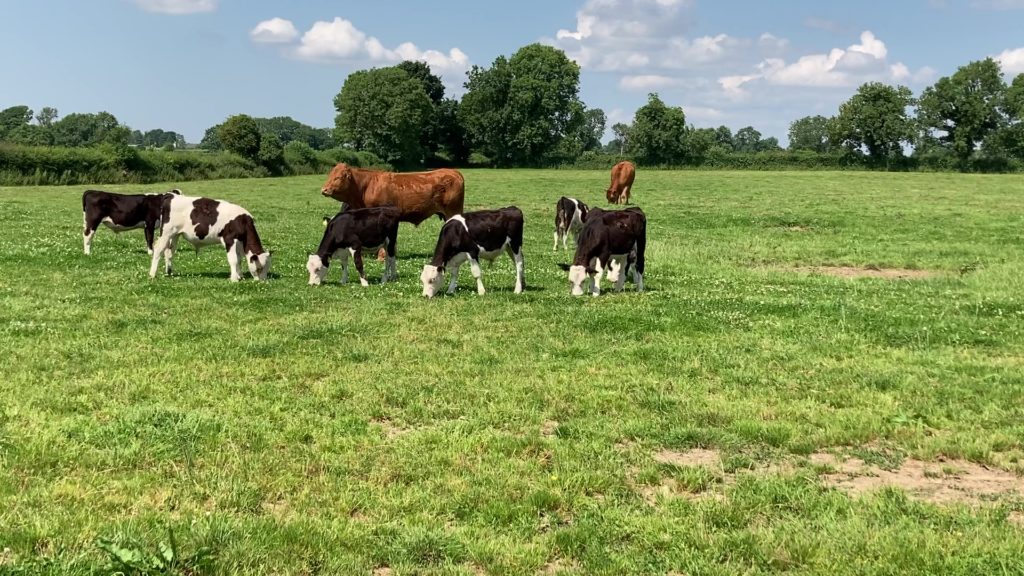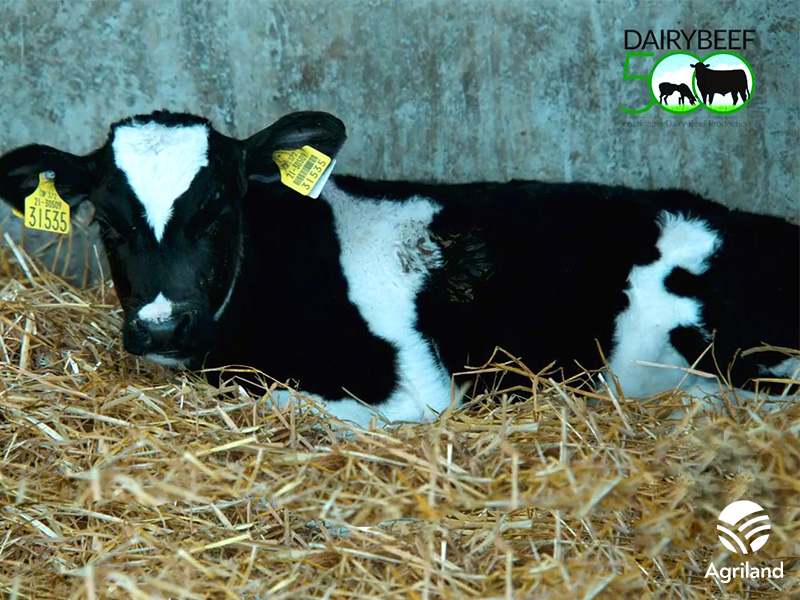Dairy-beef is emerging as a strategic opportunity to enhance value, reduce waste, and reshape global beef supply chains, according to the latest report from RaboResearch.
The report found that by integrating beef genetics into dairy systems, producers worldwide can unlock new revenue streams, improve animal welfare, and meet evolving market and sustainability demands.
According to RaboResearch, this approach is gaining momentum globally, driven by economic, environmental, and ethical considerations, making it not just beneficial, but essential for the future of the industry.
The rise of dairy-beef
Dairy-beef, or beef-on-dairy, refers to animals derived from the dairy industry that enter the beef value chain.
Senior agriculture analyst for RaboResearch, Emma Higgins explained: “While cull dairy cows and dairy-origin calves have long been part of global beef supply chains, the strategic integration of beef genetics into dairy herds is now becoming mainstream.”
This integration is said to offer a timely solution to global protein demand, ethical scrutiny, and climate pressures.
Mainstream adoption and investment needs
The research indicated that dairy-beef is transitioning from a niche concept to a mainstream component of global beef supply chains.
In some regions, it is approaching business-as-usual status, while in others, it remains an emerging opportunity.
To fully realise the potential of dairy-beef, strategic investment and collaboration across the value chain are essential, according to the report.

Risks and system compatibility
While dairy-beef offers clear benefits, there are risks involved, the researchers have said.
A rapid transition could disrupt traditional beef systems, particularly suckler herds.
Seasonal, pasture-based models face greater challenges, but tailored strategies and region-specific investment can overcome these hurdles, according to the research.
“Dairy-beef has the potential to reshape regional beef supply chains, particularly in New Zealand and Australia. The opportunity is clear; the challenge now is execution,” Higgins said.
On-farm investment
RaboResearch said that farmers require support with knowledge and resources to implement effective breeding strategies.
Access to sexed and high-genetic-merit beef semen, decision-making tools like Ireland’s Dairy Beef Index, and infrastructure for calf rearing and weaning are crucial foundations for success.
As dairy-beef volumes grow, regions like New Zealand and Australia may face pressure on finishing and processing capacity.
Investment in feedlot infrastructure, finishing systems, and meat processing facilities will be critical to avoid bottlenecks and ensure consistent carcass quality, according to the report.
Dairy-beef and industry
All stakeholders, including farmers, processors, retailers, industry bodies, and policymakers, play a role in developing markets, promoting dairy-beef, and benchmarking performance, the researchers said.
Therefore, market access, consumer education, and traceability systems are key to building trust and value in dairy-beef products.
One point made in the report is that market signals drive change, but their strength varies by region.
The US benefits from a responsive domestic market, while export-orientated regions like New Zealand and Australia face slower signals due to longer supply chains.
Clearer market signals and stronger coordination are needed to unlock momentum in these regions.
Social licence pressures regarding underutilised dairy calves are also intensifying, RaboResearch stated.
Integrated dairy-beef systems offer a pathway to reduce underutilised calves and improve lifecycle efficiency, strengthening the sector’s optics and long-term viability.

